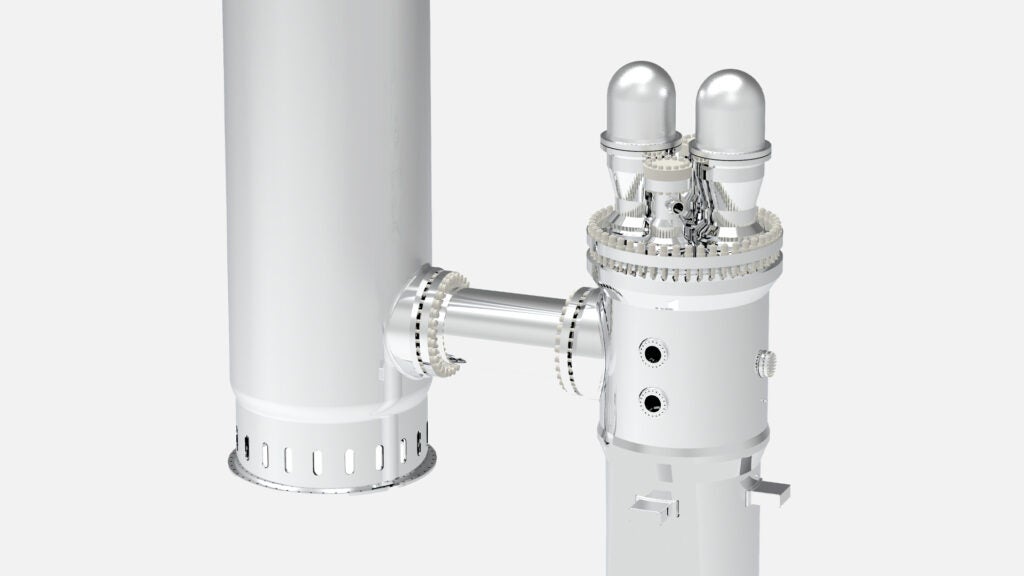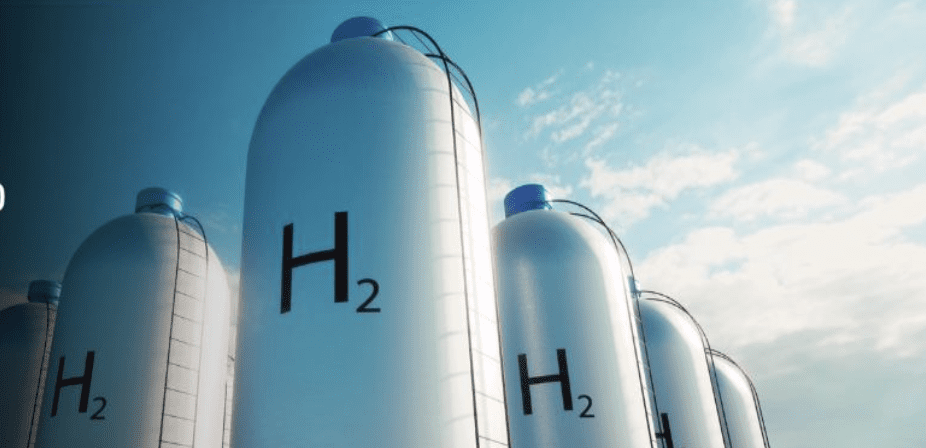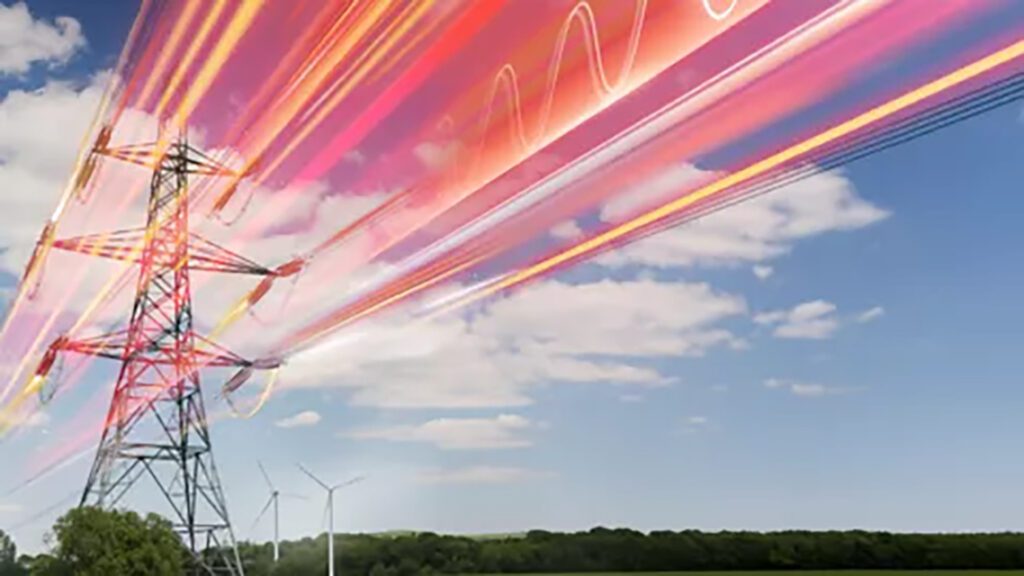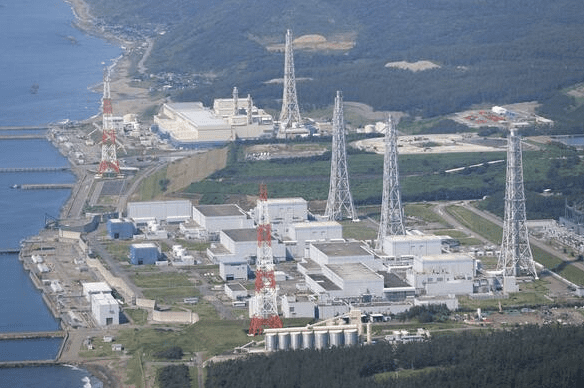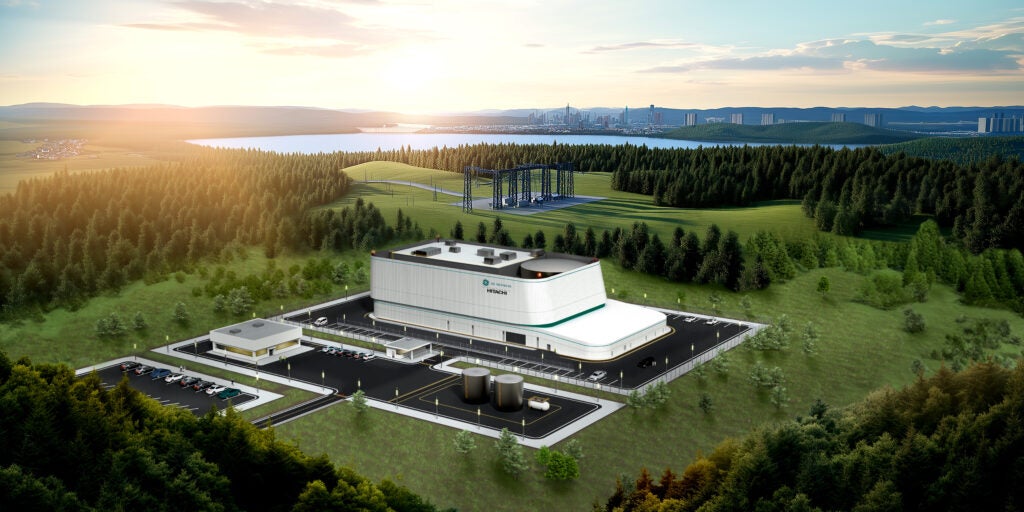In a combustion gas turbine, flame temperature and distribution is a function of both fuel distribution and air distribution. It is a fairly common practice in the combustion community to “wheel” combustion fuel nozzles in order to minimize the range of variation in fuel flow to each can in many DLN combustion systems. The intent is to minimize the variation in fuel flow in order to have each combustion can operate with the same flame temperature. The objective of “wheeling” the fuel system is to make it easier to tune the combustion system to obtain lower emissions and dynamics levels, reduce temperature spreads, and improve hardware life. While “wheeling” fuel flow is helpful, the reality is that a variation in combustor flame temperature is set by the fuel variation and the air variation, not just the fuel variation. To truly minimize the combustor flame temperature variation, the “fuel-to-air” ratio variation must be minimized. In order to do this, the variation in airflow in each combustion can must also be known.
The Value behind Wheeling Liners and Fuel Nozzles
SHARE:
Please enable Javascript to watch this video


